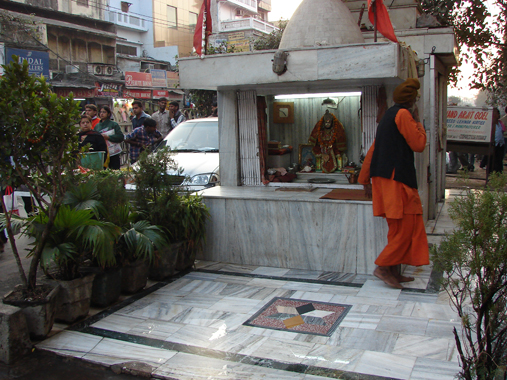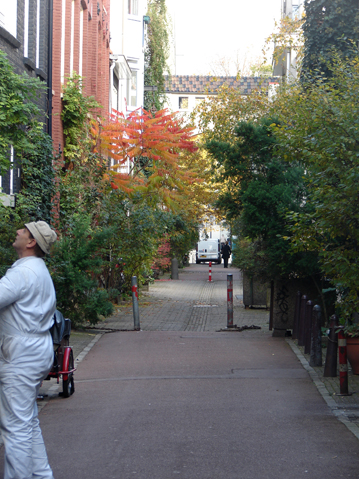Excerpts from "An Agriculture Testament" by Sir Albert Howard published in 1940
NOTE: if this page is no different from traditional_farming_notes you should consider merging them.
These notes form a part of sanjeev shankar's research, which is summarised in his research report
Orient_ China/India/Japan
- System of peasant farming since centuries. Agricultural practices are as permanent as those of the primeval forest
- Comparable to systems found in Costarica, Guatemala and other parts of Latin America
- Chief characteristics:
- minute holdings
- dominance of food and forage crops
- mixed crops are the rule with cereals being the main constituent
- a balance between livestock and crops
- use of animal waste (especially in china, even the human waste found its way back to the land), Nothing is waste
- leguminous plants are common(indo gangetic plains have pigeon pea which is also a sub soil cultivator)
- absence of soil inversion ploughs( soil inversion for the destruction of weeds in hot climate is unnecessary in hot climate since the same work is done by the sun for free !! Also preserving the level of fields is essential for surface drainage and to prevent water logging )
- adequate suppply of labour
- regional variables a common feature
Occident
- Satisfy three hungers: hunger local rural population with the livestock, hunger of urban population and that of machines which need raw materials
- Holding tends to increase in size (from small family units of france and switzerland to collective farms of russia and ranches of US and Argentina)
- monoculture is the rule, even rotations are unknown and no attempt is made to create natural humus or manure or waste recycling
- dominance of the machine
- artificial manure used widely
- diseases and hence pesticides on the rise
- food preservation processes is a norm
- science a dominant force to help production
- loss of soil fertility highlighted by the growing menace of soil erosion
Europe and India _ urban farming
* There are numerous contextual divides between European and Asian backdrops:
- Soil conditions and appropriateness of native plants
- Traditional knowledge, role of medicinal plants and type of relationship with land
- Role of plants in daily life(religion/festival/marriage/birth/death)
- Type of staple diet
- Overall seriousness of the problem, opportunity and public perception, level of awareness and character of the city
- City's interdependence on rural areas
- Growth index of the city, population density and character of local communities
* Cities in India are well served by the produce from rural areas within and without the city. A unique and striking feature is the existence of urban villages which serve not just agro-produce but also dairy products to the city. Such intepenetration is a unique defining trait of Indian cities and holds great promise for an integrated and interdependent design response.
- Approaches and techniques like seedballing, moss graffiti, psychogeography which happen in a bottom up way are interesting “interest generators” in numerous cities in Europe where the awareness is high and 'creating greens' is high on public agenda. However, in India, a more structured and policy level, community centric approach is needed.
- Agriculture in urban India is a means of sustenance and earning money. It is often done by the poor/migrant communities. With the political emphasis on 'rural agriculture' in India, the positive contribution that production within the cities can make has hardly been acknowledged and is still not acknowledged because of the shocking pace at which cities are growing. In the Indian context as in much of the rapidly developing world , a shift has to happen at a market/commercial level or a public policy level much like in Cuba. This is proved in certain cases where the people have created successful business models around the agro business within cities. The cities have such momentum in terms of 'growth' and infrastructure development, that we might need to propose a product which people can buy off the shelf and use in their growth !
- What are the growth symbols/patterns in urban areas? We have an opportunity here, to design responses which will directly impact the situation, related to real estate, construction, mass production, modular systems, transportation and architecture. Responses which soften the 'corporate sheen' which cities have come to symbolise and at a scale which can become ubiquitous _ ubiquitous planting. How can we do this ? As per recent statistics the planet adds 73 million humans to its tally ! Can we add 73 trillion plants every year ? http://www.worldometers.info



